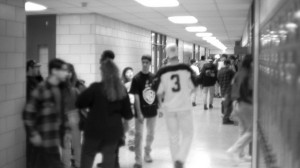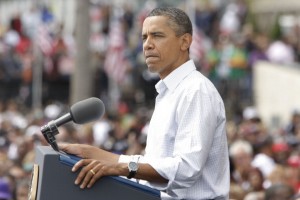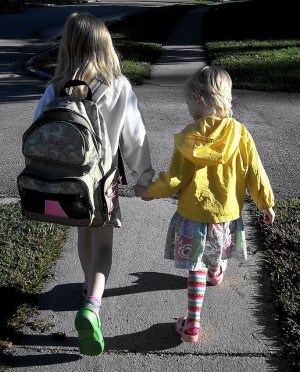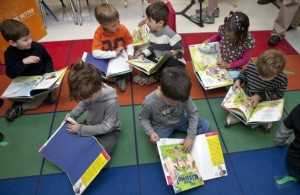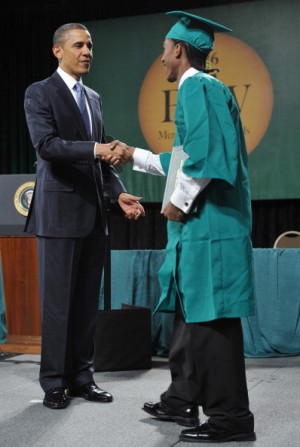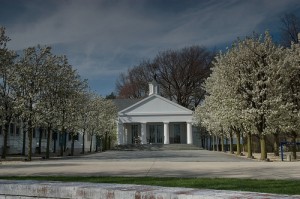Asian American teens are bullied more than youths belonging to any other racial group, according to new data from the U.S. Justice and Education departments.
Teens aged 12 to 18 were interviewed for the study. More than half of the Asian American teens reported being bullied in classrooms, compared to almost one-third of white students. The disparity is even greater when it comes to cyber bullying; 62 percent of Asian Americans surveyed reported being harassed online once or twice monthly, while only 18.1 percent of whites were cyber bullied.
AFP reports on the findings:
Policymakers see a range of reasons for the harassment, including language barriers faced by some Asian American students and a spike in racial abuse following the September 11, 2001 attacks against children perceived as Muslim.
“This data is absolutely unacceptable and it must change. Our children have to be able to go to school free of fear,” U.S. Education Secretary Arne Duncan said Friday during a forum at the Center for American Progress think-tank.
Muslim Americans, many of whom are Asian American, are also facing increased institutionalized profiling by law enforcement since 9/11, recent reports indicate.



